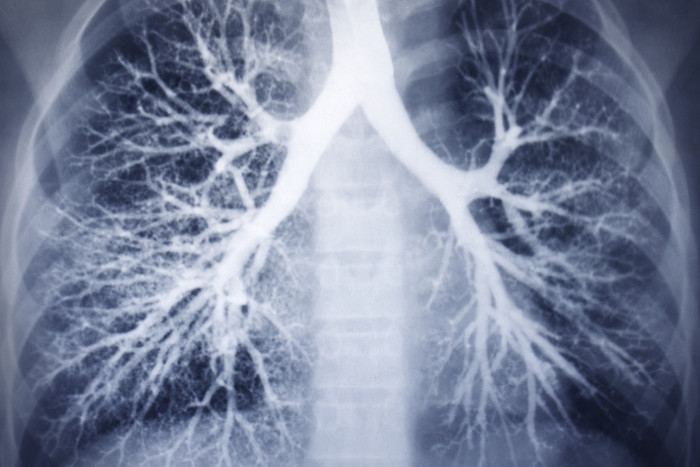Leader in asthma and allergy research
Washington University establishes new asthma and allergy research centers to better understand and find new therapies for these conditions

As a national leader in asthma and allergy research, Washington University is one of only a few medical centers nationwide that was awarded grants from the National Institutes of Health to establish a Severe Asthma Research Program (SARP) and an Asthma and Allergic Diseases Cooperative Research Center (AADCRC).
Directed by Mario Castro, MD, MPH, a pulmonary specialist at Barnes-Jewish Hospital, the SARP program will focus on asthma patients who do not respond to treatments such as inhaled corticosteroids and long-acting bronchodilators. These patients often have narrowing of their airways due to overproduction of mucus and thickening of the airway wall. These symptoms are both driven by changes in the behavior of epithelial cells, which line the lungs. Patients with these types of problems are at significant risk of progressing to permanent loss of lung function.
Beginning in spring 2012, SARP centers will enroll 1,400 severe asthmatics (including 350 children) in a study using advanced imaging to follow the course of the disease. In St. Louis, quantitative CT chest scans and hyperpolarized helium MRI scans will be performed to help physicians decide how to target therapies such as recently approved bronchial thermoplasty, which delivers radio frequency energy to the airway tissue.
Asthma and allergy research center
The AADCRC will be directed by Michael Holtzman, MD, the director of pulmonary and critical care medicine at Washington University and Barnes-Jewish Hospital.
This center will launch three new projects to understand the role of the epithelial cell barrier that lines the airway in the development of asthma and allergic disease:
- The first project will define a new signaling pathway in airway epithelial cells that protects against asthma resulting from viral infection.
- The second project will study the airway epithelial changes that influence mucus production and secretion.
- The third project will focus on the connection between the epithelial barrier of the skin and atopic dermatitis, an inflammatory skin condition that can occur with the development of asthma.
Each of these projects aims to gain insights into the biology of airway epithelium as a basis for developing new therapeutic strategies.






